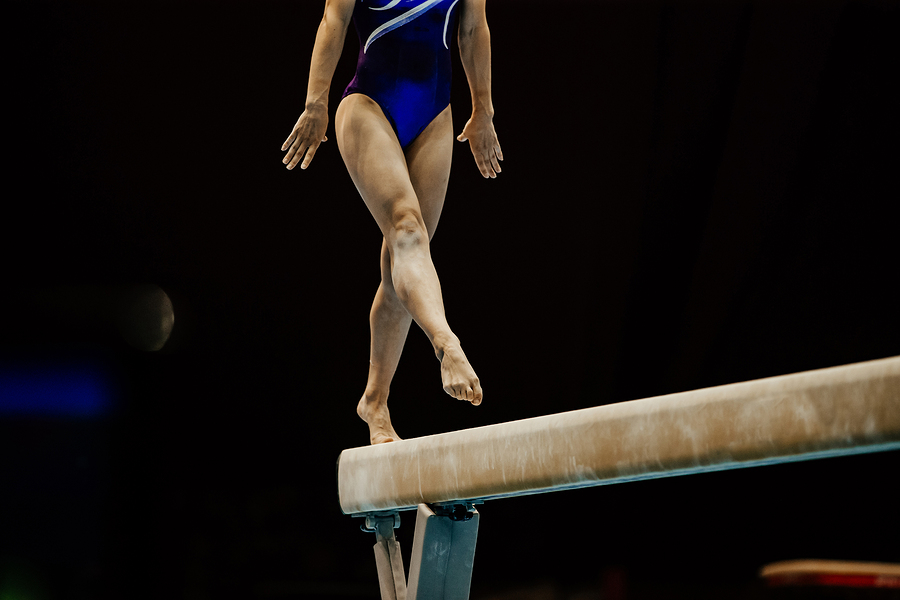Japanese computer giant Fujitsu is partnering with the International Gymnastics Federation (IGF) to offer technology to assess gymnasts’ performance at the 2020 Tokyo Olympic Games. Judges, viewers and athletes should be satisfied with this technological development based on artificial intelligence.
Tests scrutinized by artificial intelligence
The press conference on November 20, 2018, by Fujitsu and the IGF – announcing the arrival of new technology to evaluate certain gymnastics competitions at the Tokyo Olympic Games – must have aroused the interest of the Japanese government, which wants this 32nd Olympiad to be a technological showcase for its country: robot village, driverless taxis, artificial meteor shower during the opening, etc. This innovation will be tested at the World Artistic Gymnastics Championships to be held at Stuttgart on October 4 to 13 and is expected to be used at the Tokyo Olympics in 2020 for the following five events: pommel horse, rings and vault for men; horse vault and beam for women. What is the principle? Using 3D sensors with a laser scanning system that record nearly two million images a second, mainly of the arms, legs and bending locations, images of figures and movements performed regularly by gymnasts are compared with those taken during the sports event. Given the speed, accuracy and complexity in execution, artificial intelligence will be of great help to evaluate the athlete’s position relative to the reference points.
Advantages and… doubts
Judges should be the first beneficiaries of this technological innovation. The goal is not to replace them, but to help them make a decision in this work that requires exceptional concentration, sometimes for eight hours a day. So the judges of the 2020 Olympic Games could resort to artificial intelligence technology if a dispute arises at the time of scoring. They would then be able to assess each nuance of the athlete and make their decision faster, as well as showing greater impartiality, which is often questioned in these disciplines. Judges would not be the only ones to benefit from this technological innovation: viewers could, from their mobile apps, access a summary of the gymnast’s performance and thus understand the scoring system; the athletes themselves could use this data during their training sessions to perfect their choreography. However, any technological innovation brings its share of detractors, some invoking the risks of computer hacking, others wondering if there will still be room for creativity, while still others are worried about the future of judges, not to mention those who feel the integration of technological innovations is happening too quickly.
The ambitions displayed by the partnership between Fujitsu and the International Gymnastics Federation for the 2020 Olympic Games seem to be just a first step, because we are already talking about 10 sports events for the 2024 Olympics and a possibility of using this technology for other sports during other international competitions.
